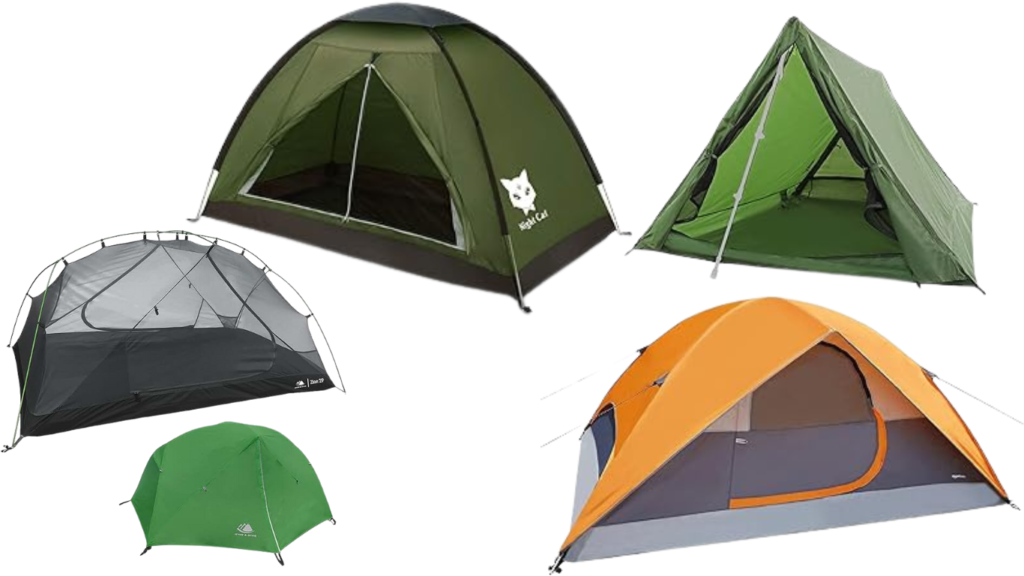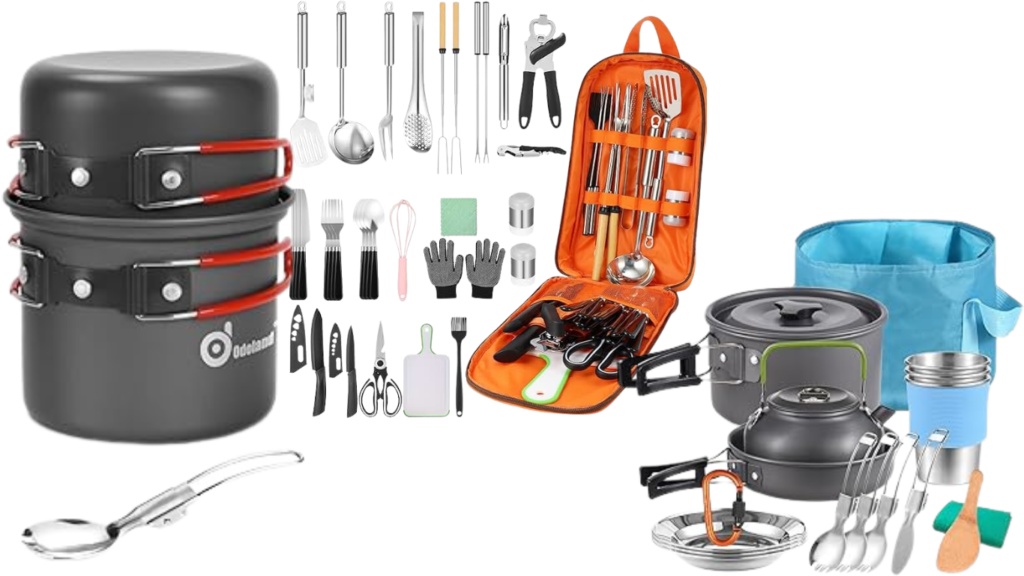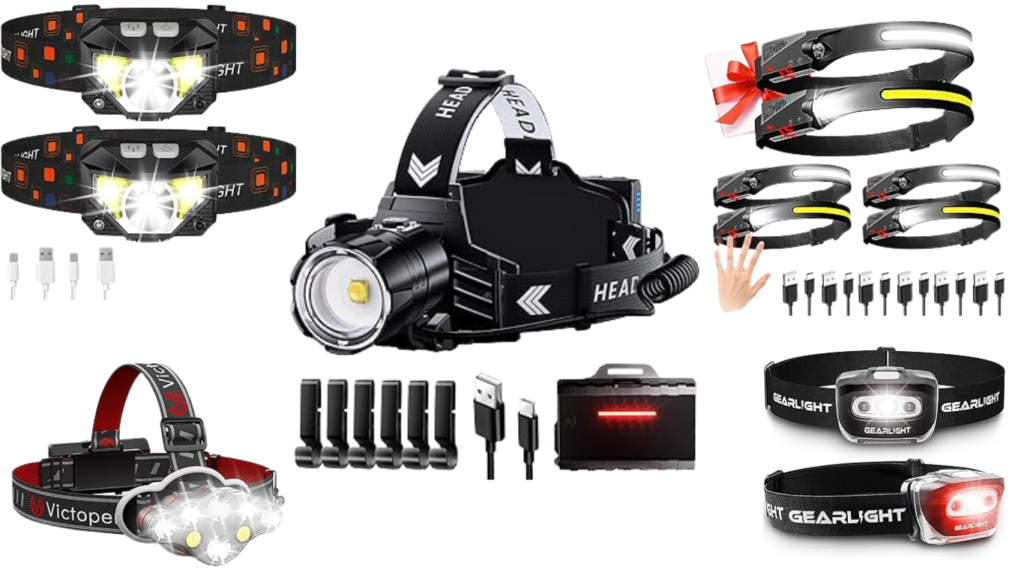Overlanding is all about self-reliant adventure travel, where the journey is as important as the destination. Whether you’re exploring remote trails or camping under the stars, the gear you pack can make or break your experience. This is where hiking gear comes into play. Originally designed for backpackers navigating rugged terrains, this type of gear is not only compact and lightweight but also incredibly durable—qualities that are essential for successful overlanding.
Table of contents
The Benefits of Using Hiking Gear for Overlanding
Compact and lightweight:
When space is in short supply and weight is a concern, as they often are in overlanding vehicles, hiking gear offers a perfect solution. Designed to be easily carried in a backpack, this gear packs down small and is very light, making it ideal for the limited storage space available in 4x4s and overlanding rigs. Plus, lighter gear means less strain on your vehicle, which can help improve fuel efficiency and vehicle handling. Weight distribution is very important as well. You don’t want the weight too far in front of your vehicle. It can put a lot of strain on the steering components. On the other hand, you don’t want it so far in the back that you lose your steering capabilities.
Note: All vehicles are different, so there is no one way that works for all. This is something that will have to be figured out by the vehicle and cargo.
Easy to Set Up and Take Down:
Overlanders often find themselves setting up camp in remote, unpredictable locations. The quick setup and takedown times of hiking gear save valuable time and effort. Whether it’s a pop-up tent or a portable stove, the ease of use allows you to spend more time enjoying your surroundings and less time struggling with cumbersome equipment
Durability:
Hiking gear is designed to withstand the elements—rain, wind, snow, and rough handling. This durability makes it perfect for the overlanding lifestyle, where gear is subjected to the rigors of outdoor environments. You can rely on this equipment to perform when you need it most, whether you’re setting up camp after a long day on the trail or cooking a meal in challenging weather conditions.
Multi-functional:
Many pieces of hiking gear serve multiple purposes, which is a significant advantage when packing for an overlanding trip. For instance, a lightweight tarp can be used as a shelter, a ground cover, or even an emergency rainponcho. This versatility means you can carry fewer items, reducing both the weight and the clutter in your vehicle.
Hiking Gear for Overlanding
Lightweight Tents:

A compact, quick-pitch tent is essential for any overlanding adventure. It provides shelter without taking up much space in your vehicle. They are easy to set up and take down.
Sleeping Bag and sleeping Pad:
Opt for a down or synthetic sleeping bag that’s rated for the temperatures you’ll encounter. Pair it with an inflatable or foam sleeping pad for added comfort. One thing I have learned is that you want to be able to get good sleep when overlanding. This way, you can focus better on the challenges of the adventure.
Portable Stove:

A compact backpacking stove allows you to cook meals quickly and efficiently. Look for models that are lightweight and use fuel canisters, that are easy to pack.
Lightweight Cooking Set:

Compact pots, pans, and utensils designed for backpacking are ideal for overlanding. They’re easy to clean, store, and carry.
Water Filtration System:

In remote areas, access to clean water is crucial. A portable water filter or purification tablets are lightweight and ensures you have safe drinking water at all times.
Headlamp:

A headlamp frees up your hands while providing bright, focused light. It’s perfect for setting up camp after dark or navigating trails at night. They also come in handy when you have to work on your vehicle.
Conclusion
Incorporating hiking gear into your overlanding setup is a smart move. The compact, lightweight, and durable nature of this gear makes it ideal for the challenges of overland travel. By optimizing your load with versatile hiking equipment, you can enhance your overlanding experience, ensuring you’re always ready for the next adventure—no matter where the road takes you.

